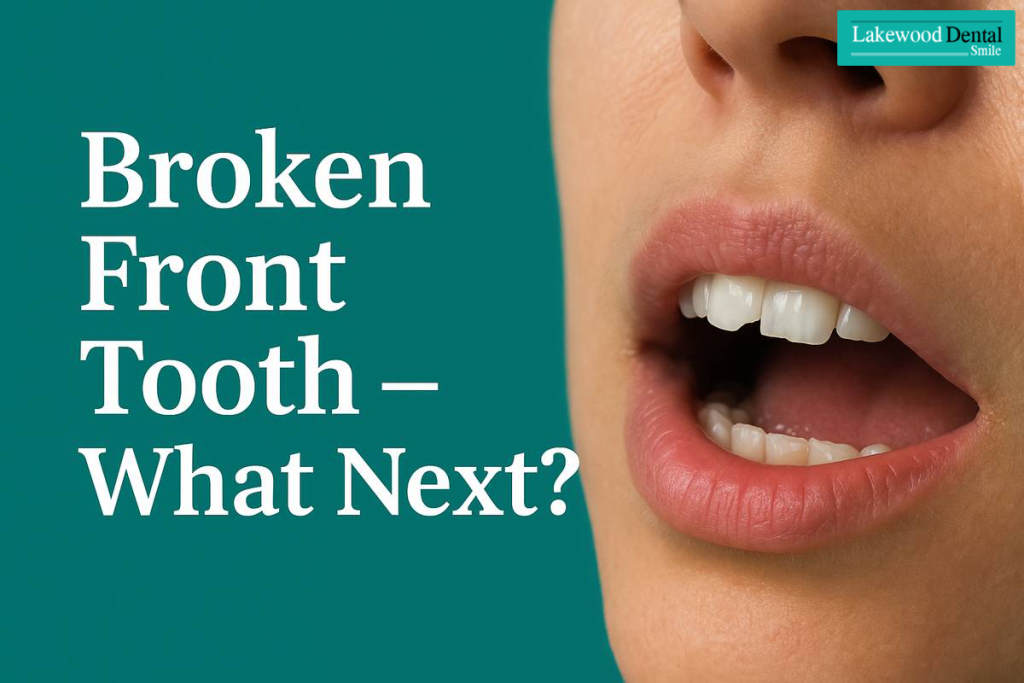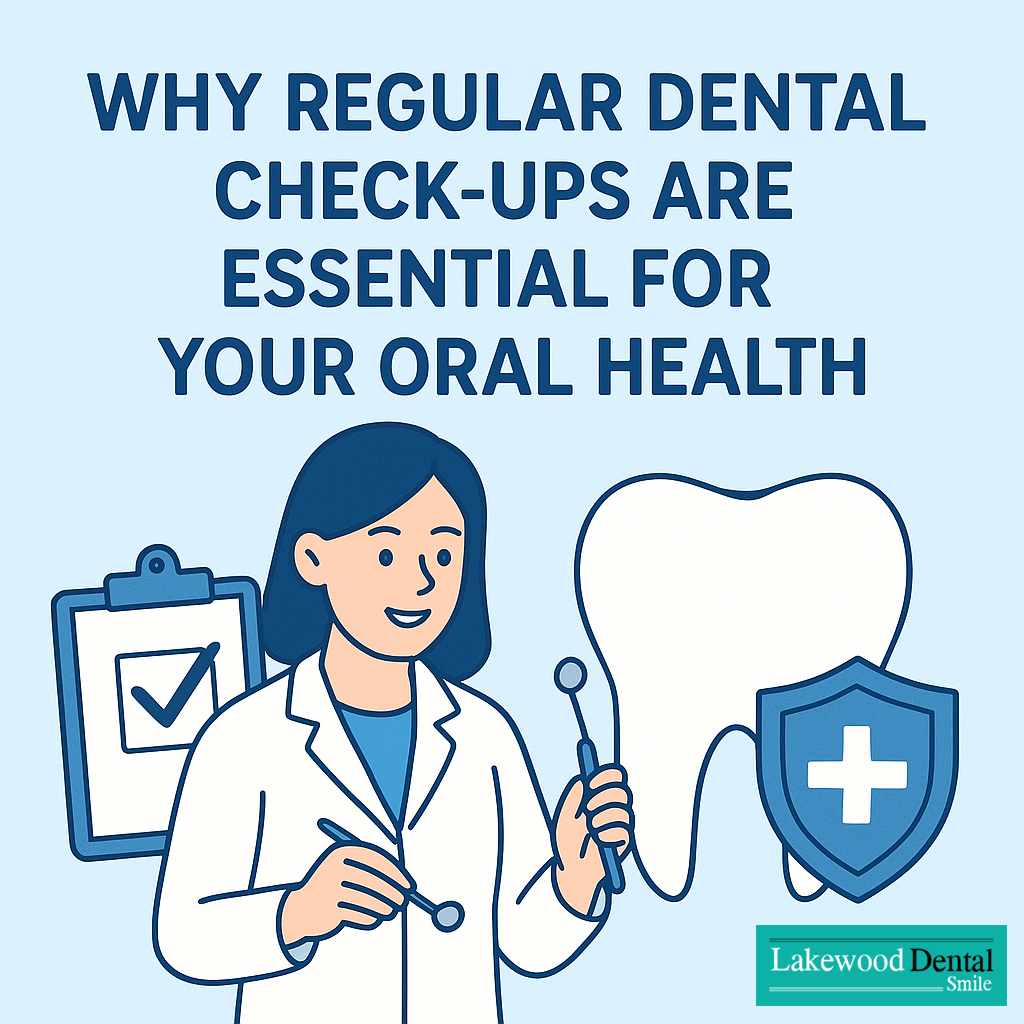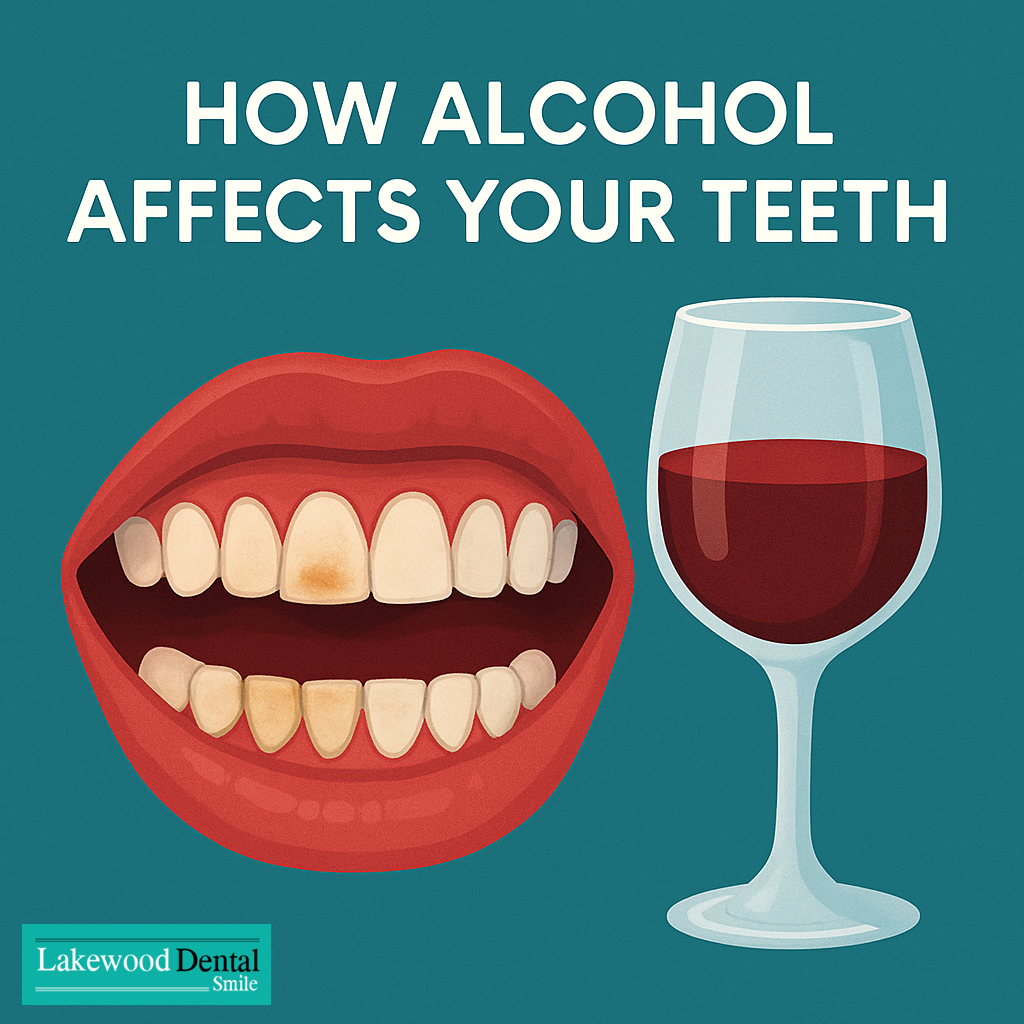A broken front tooth can be distressing. Beyond the pain and difficulty eating or speaking, it directly affects your confidence since your front teeth define your smile. If you care about appearance and oral health, acting quickly is essential. Just like with any medical emergency, there are clear steps you should follow — and avoid — to protect your tooth and prevent further damage.
In this article, we’ll explore the 5 best treatments for a broken front tooth, along with practical tips and examples so you know what to expect.

1. Stabilizing a Loose Front Tooth
A hard hit may leave your front tooth loose, often with bleeding or pain. Even if it hasn’t fallen out, hidden damage to the root or jawbone is possible.
What You Should Do:
A hard hit may leave your front tooth loose, often with bleeding or pain. Even if it hasn’t fallen out, hidden damage to the root or jawbone is possible.
What to Do:
– Avoid touching or wiggling the tooth.
– Stick to soft foods and avoid biting with that tooth.
– See a dentist immediately for an evaluation and X-rays.
2. Knocked-Out Tooth (Dental Avulsion)
When a tooth is completely knocked out — a condition known as dental avulsion — it usually causes bleeding. As with any wound, apply gentle but firm pressure to the area using a clean gauze or cloth to help stop the bleeding. If the bleeding continues for more than 30 minutes, or if you have a history of clotting problems, seek emergency care immediately.
If you still have the tooth:
– Hold it only by the crown (the white part), never the root.
– If dirty, gently rinse with milk or saline (plain water is less ideal, but use if nothing else is available).
– Do not scrub or dry the tooth.
– If possible, place it back into the socket carefully.
– If reinsertion isn’t possible, keep it in a container of milk, saline, or inside your cheek to keep it moist.
– Get to a dentist within 30–60 minutes for the best chance of saving the tooth.
3. Repairing with Bonding, Veneers, or Crowns
If your broken front tooth is chipped or cracked, your dentist may restore it cosmetically and structurally.
– Bonding: Ideal for small chips; tooth-colored resin blends naturally.
– Veneers: Thin porcelain shells for moderate cosmetic damage.
– Crowns: Full coverage for severely weakened teeth.
These options restore both strength and aesthetics so you can smile with confidence again.
4. Root Canal Therapy for Severe Damage
If the pulp (nerve) of your broken front tooth is exposed or infected, root canal treatment may be required.
Why It’s Important:
– Removes infection and preserves the tooth structure.
– Prevents abscesses and long-term bone loss.
– Allows for restoration with a crown for durability.
Root canal therapy has a high success rate, often saving teeth that would otherwise need extraction.
5. Replacing the Tooth When It Cannot Be Saved
Sometimes, despite best efforts, a broken front tooth cannot be preserved. In such cases, replacement options restore both function and appearance:
– Dental Implants: Permanent, natural-looking solution.
– Bridges: Fill the gap using neighboring teeth for support.
– Partial Dentures: Affordable, removable option.
Comparison: Implants vs Bridges
– Implants last decades, preserve jawbone, and look most natural.
– Bridges require less surgery but may shorten the lifespan of surrounding teeth.
Why Immediate Treatment Matters
A broken front tooth will not heal by itself. Delaying treatment risks:
– Infection spreading to gums and jaw
– Increased pain and swelling
– Permanent tooth loss
– Costlier procedures later
Prompt care ensures the highest chance of saving your natural tooth — and your smile.
Emergency Care at Lakewood Dental Smile
At Lakewood Dental Smile in Dearborn, Michigan, we specialize in emergency dental care for broken front teeth. Whether your tooth is loose, fractured, or knocked out, our team provides immediate evaluation and advanced treatment options to restore your oral health and confidence.
📞 Call us today for emergency dental assistance or to schedule your appointment.



